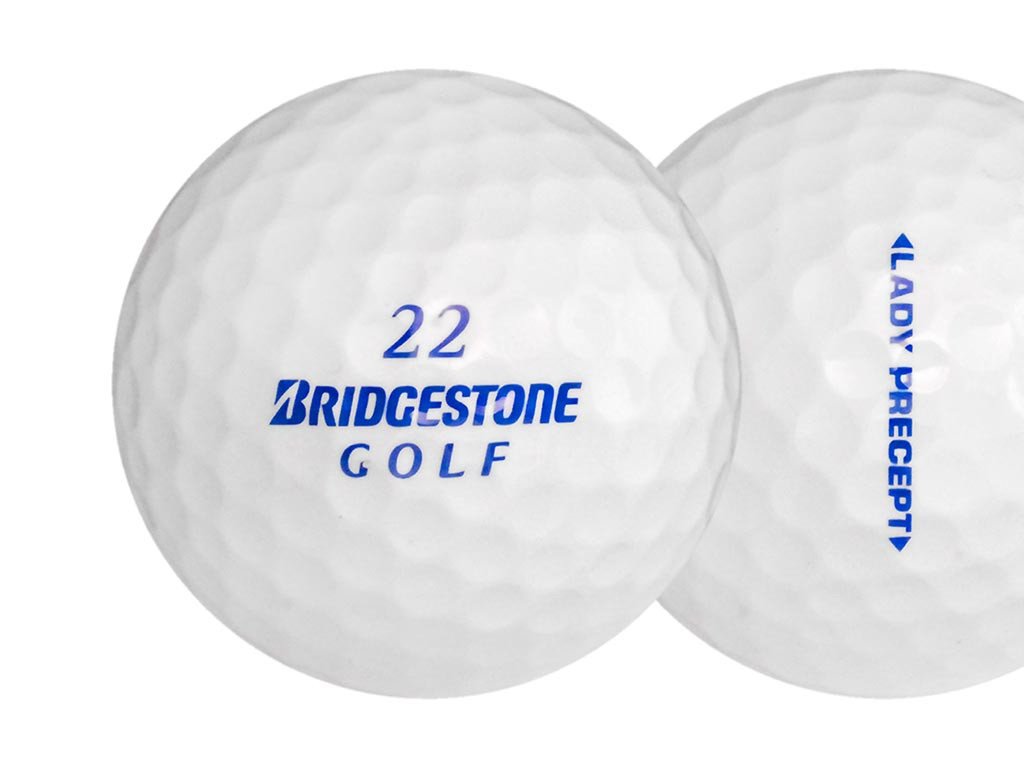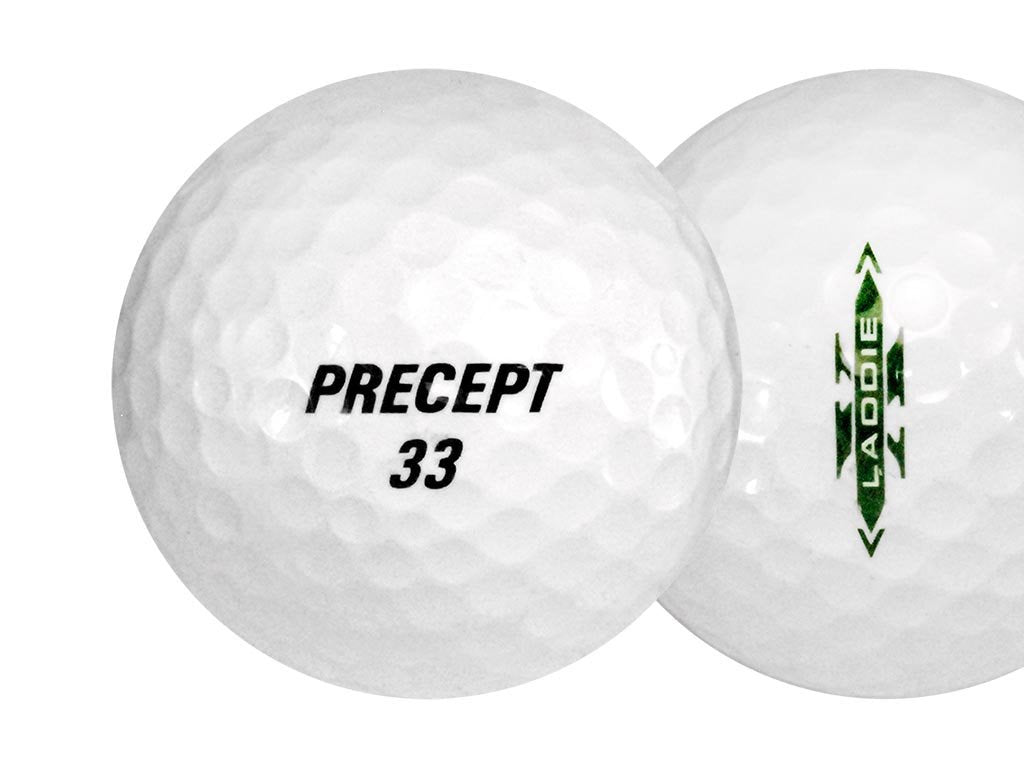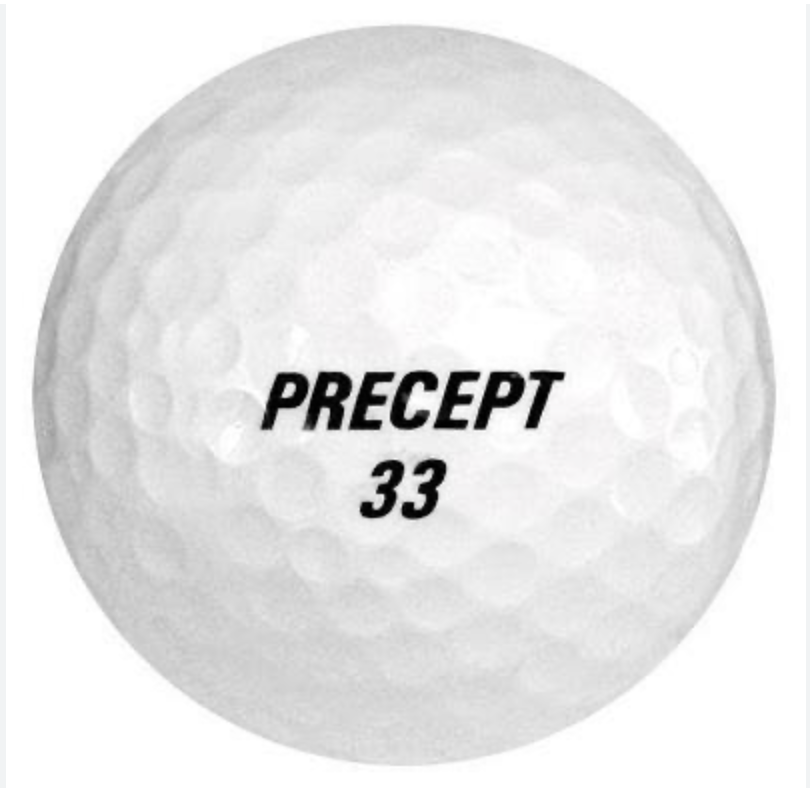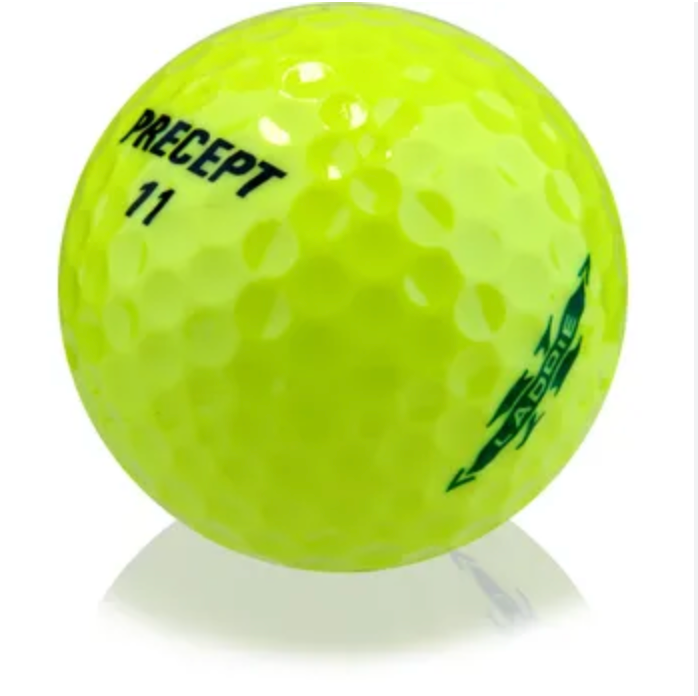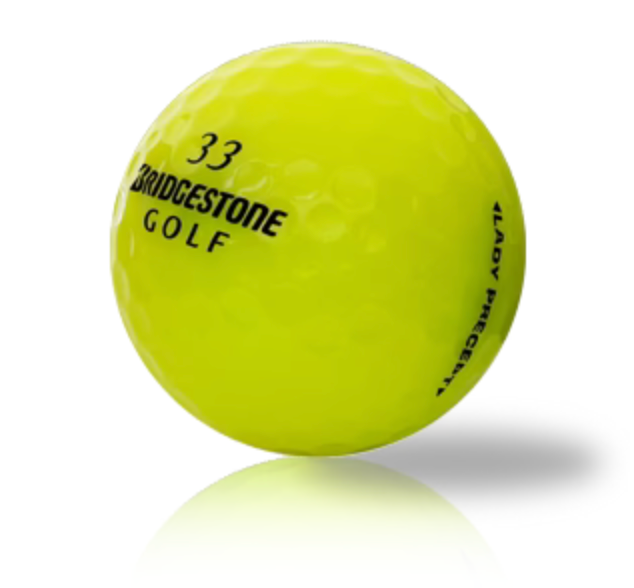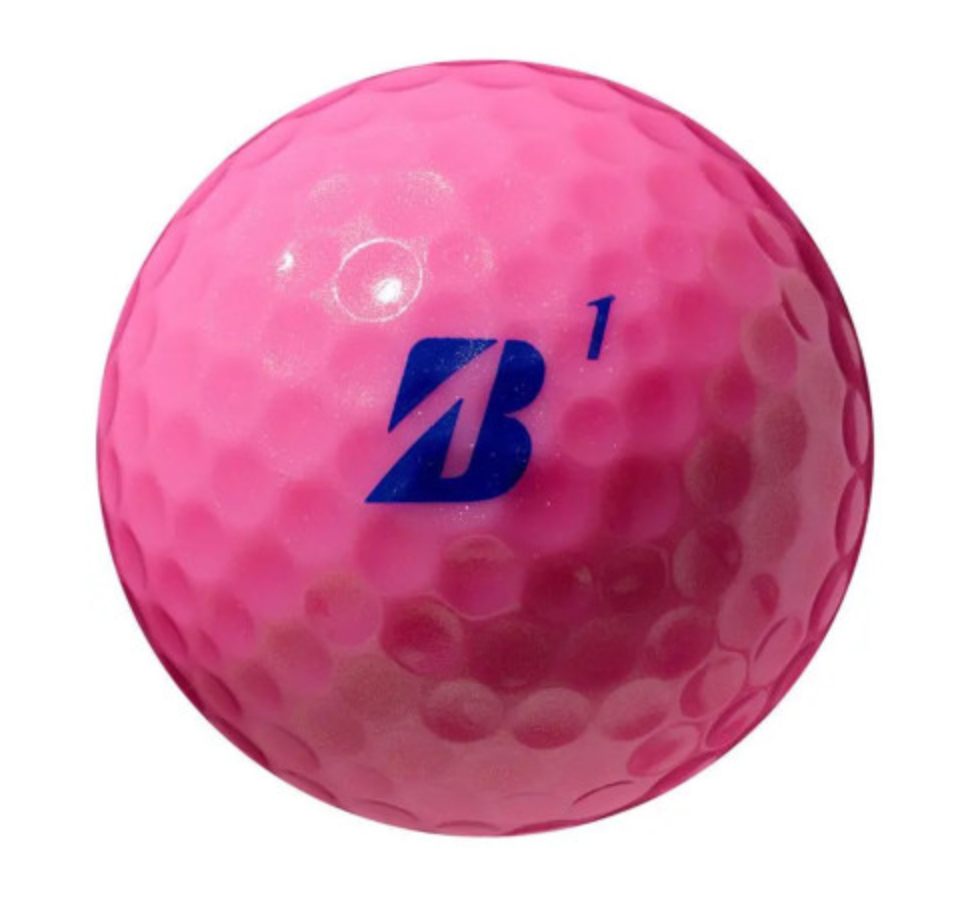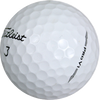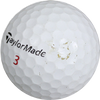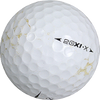But not in the way you might expect.
For this golf brand, its all about the rubber; specifically, the rubber in the core of golf balls. Precepts unique position as the golf-brand grandchild of a major industrial corporation has enabled it to take advantage of technology developed where the rubber literally meets the road.
The latest result of Bridgestone tire technology is the U-Tri golf ball line, which was unveiled for the golf press here August 29.
Precept is the golf brand of Bridgestone Sports USA, the Covington, Ga.-based unit of Bridgestone Sports. The parent is a $365 million-per-year, multi-sport company into everything involving the intersection of rubber and sporting goods. Bridgestone Sports is itself a unit of the legendary Japanese company Bridgestone Corp., which garners its $19 billion in annual sales from a wide variety of industrial and consumer goods, including tires for all kinds of vehicles.
Shojiro Ishibashi (in Japanese, ishi means stone and bashi means bridge) founded Bridgestone in 1931 with the broad mission of improving life by making products people want and need. The company began making golf balls in 1935, and produced its one-millionth golf club in 1981. Although its primary golf market has been Japan, where the brand is a byword, Bridgestone got a foothold in the United States when it opened an office in the Atlanta area in 1985. Golf ball manufacturing started in Covington in 1990.
Tire companies the world over love auto racing, that glamorous proving ground for the chemical mixtures that make modern synthetic rubber. Imagine rubber molecules as items on a flow chart, connected by branches. Through its experiments with high-performance tires, Bridgestone claims to have come up with a formula in which the branches that connect the molecules have fewer dead ends. Better energy transfer results, Bridgestone says, making the rubber more useful for a variety of applications.
That includes golf balls. The so-called Muscle Fiber Core has been the performance selling point for Precept balls since 1997, when it powered the first MC line of balls. Whether they agreed with the technology or not, competitors as big as Titleist offered gentlemanly congratulations to Precept for the performance of its golf balls.
As a unit of a rubber company, Precept never had much of a stake in wound golf balls. As early as 1991, 93 percent of Precepts product mix was solid core. So Precept pats itself on the back for seeing what was coming and quickly converting that last seven percent to solid. Privately, Precept also takes credit for changing over the United States market: Tiger Woods had the power to bring avid U.S. golfers to solid core, and Nike had the power to get Tiger. So Precept signed a deal a few years back to develop and make Nike golf balls, including the one Tiger plays. (The self-congratulation conveniently ignores the resounding success of Titleists Pro V1, but Precept is not stingy with its kudos in private.) Nike and Bridgestone are constrained by their agreement from talking about that arrangement, but it is all but an open secret in the industry.
With its own label, Precept has amassed a respectable market share and by all indications, a loyal following, even if it has not threatened the market leaders yet. Precepts U.S. share is about eight percent, say company sources, quoting industry metrics leader Golf Datatech. (Titleist has about 46 percent; Spalding has 20, says Precept.) In a category of its own making, premium balls costing more than $20 per dozen, Precept claims 12 percent of the market.
Fresh off the phenomenal word-of-mouth success of its MC Lady soft-core ball, Precept has introduced the U-Tri golf ball in spin and distance versions. The balls feature an improved Muscle Fiber Core, Precept says, encased in a new-formula rubber mantle and a seamless polyurethane cover. The soft core deforms more when struck by a driver, Precept says, and this reduces spin to encourage half of that holy grail of golf ball performance, tee ball distance. The responsive cover provides the other half, greenside feel, Precept claims.
But as important as the performance is the price. Precept means for this ball line to compete with Pro V1 and other premium balls, but not at the same price point. Whereas the Pro V1 and others may cost around $40 per dozen, the street price of the U-Tri will be allowed to settle in between $25 and $28 per dozen (even though the manufacturers suggested retail price per dozen will be $38).
Precept bases its pricing gamble ' and it is a gamble ' on its research into consumer behavior, which says most golfers want to pay about $26 per dozen, even for high-performance balls. The dice-throw comes with that annoying consumer habit of sometimes equating price with quality, essentially saying, Well, if it doesnt cost that much, it cant be that good.
Precept thinks it can beat the house on this one. But if there has been one resounding criticism of Precept, it has been about its insistence on making the ways of Japanese business intelligible to the U.S. market. With inestimable patience that has sometimes maddened its U.S. employees, Bridgestone has extended its penchant for cost control to the marketing side of its business. The money overlords in Japan would rather under-spend on advertising and marketing than risk over-spending.
For that reason, you wont see a lot of Precept ads on network TV. They like print, but only in limited amounts, and mostly in publications calculated to reach an audience demonstrably saturated with avid golfers. Some Precept products receive no marketing support at all: A creditable line of golf gloves does what it can with point-of-purchase exposure alone. The phenomenal (some say flukey) success of the Lady ball, which Precepts U.S. marketing director Stephen Graham freely admits is a once-in-a-lifetime windfall, only reinforces the Japanese distaste for U.S. marketing tactics. Why bother if the customers do it for you?
Thats great cost-side economics, but hard to sell to U.S. sellers. Although expert U.S. marketing advice from inside and outside the company says that only a little more spending would pump up market share out of proportion to the expense, Japan has politely ' and resolutely ' refused, sometimes even declining to explain why. And although the U-Tri will receive some marketing support, the company is reticent about discussing how much, and in what forms.
Even the name of the new ball, U-Tri, shows some bravado about what consumers are expected to do. The ball is the performance component of a simplified product lineup that includes the Tour Premium LS (with which Nick Price and Justin Leonard have won this year) in the tour segment and the MC Lady and new Laddie soft-ball model in the niche segment. With all those balls, trial and repeat business have come. Precept is willing to bet consumers will follow suit again.

